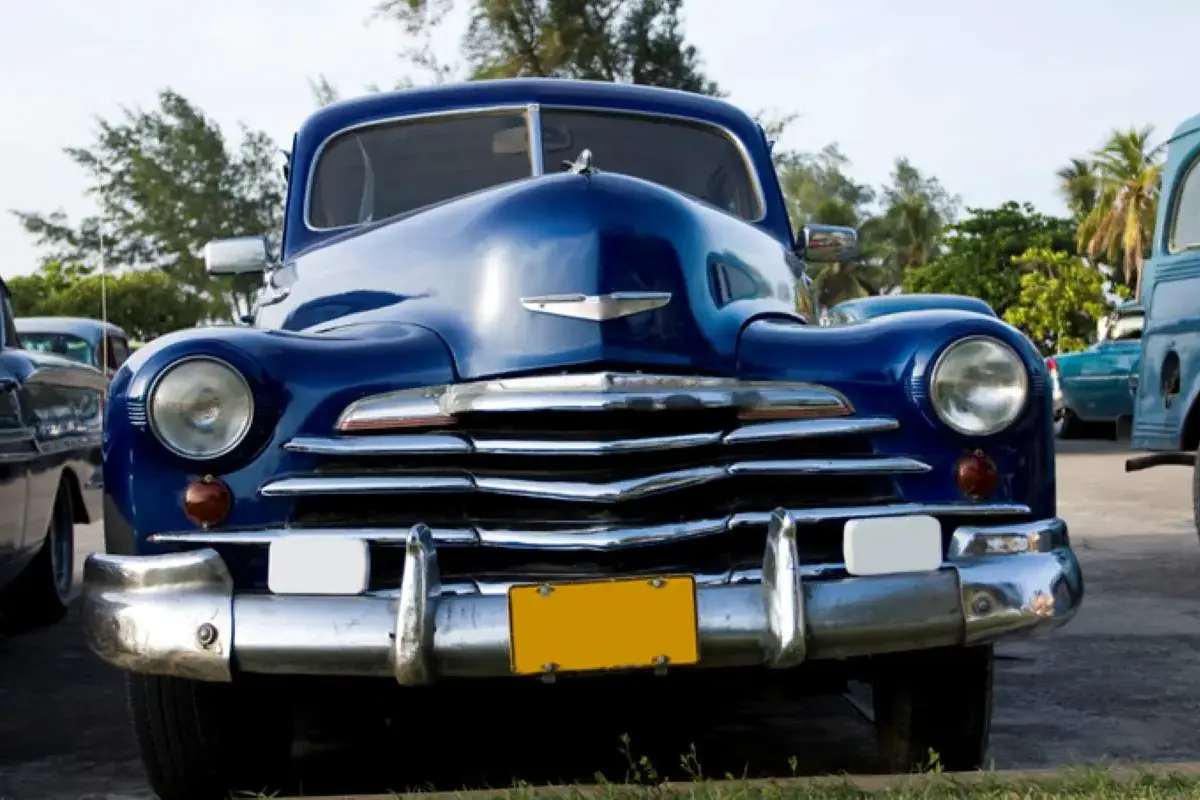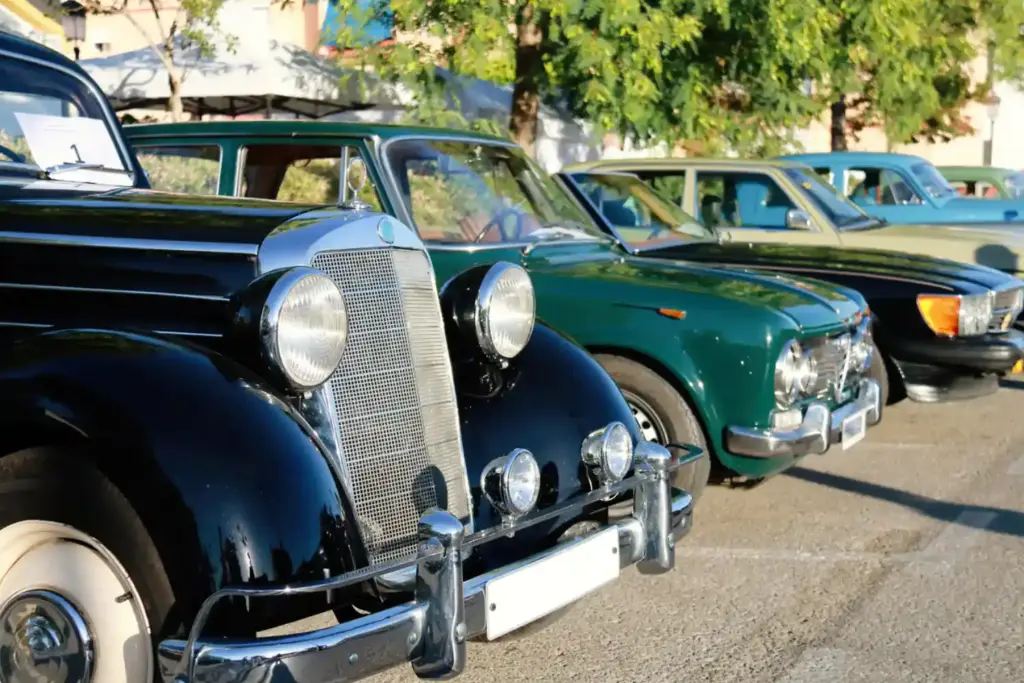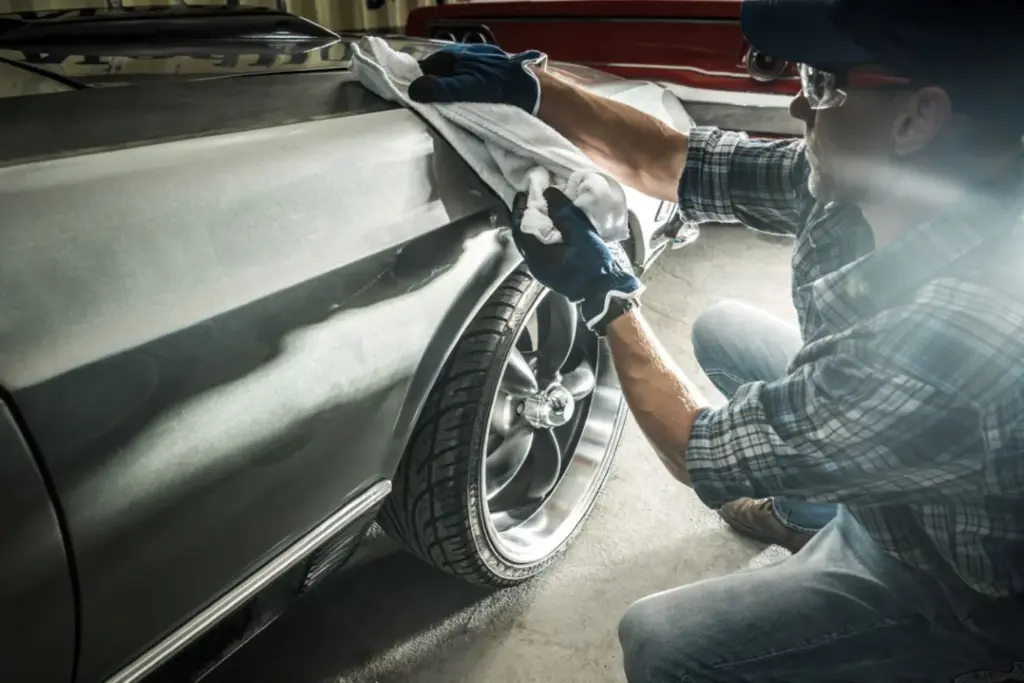
Preserving Your Ride With Vintage Car Storage
July 2, 2024 | Lifestyle
Classic and vintage cars possess an enduring appeal that transcends generations. From their unique designs to their storied histories, these automobiles are more than just vehicles—they are cherished pieces of art and engineering marvels.
Preserving and honoring these automotive icons involves safeguarding their integrity and value. Effective storage practices play a crucial role in upholding the pristine condition of your treasured classic car, ensuring its enduring legacy for future generations to appreciate. Read on to learn what is considered a vintage car, classic car maintenance, and best vehicle storage practices!
Understanding Vintage Cars
When considering storage options for vintage cars, it’s crucial to have a clear understanding of the criteria that differentiate a vintage car from one that is simply old. Typically, a vintage car is defined as being between 20 and 40 years old. On the other hand, classic cars are generally considered older than 20 years but not necessarily vintage. Within the vintage car market, particular emphasis is placed on unique and rare models, underscoring the importance of their preservation.
Criteria for Classifying Vintage Cars
These four basic classifications can determine what is considered a vintage car:
- Age. Typically, between 20 and 40 years old, so older than the 2000s
- Historical significance. Models that have a unique place in automotive history, like a Chevrolet Bel-Air, Ford Model A and Porsche 911
- Rarity. Limited production runs or rare features that make the car unique, such as a Bugatti Royale, Jaguar XKSS, and McLaren F1 LM
- Condition. Vehicles that have been diligently cared for and have preserved all their original features and components

Challenges of Storing Vintage Cars
Due to their delicate nature, vintage cars are highly vulnerable to environmental and physical threats during storage. Exposure to harsh weather, extreme humidity, and fluctuating temperatures can lead to rust, corrosion, and deterioration of the vehicle’s mechanical and cosmetic components. Proper storage cannot be overstated, as improper storage can significantly diminish the condition and value of your vintage car, potentially turning it into an expensive restoration project.
Environmental Threats
- Humidity. Exposure to specific environmental conditions, such as moisture and salt, can lead to the formation of rust, which can significantly damage a vehicle’s exterior and interior components.
- Temperature fluctuations. The constant expansion and contraction caused by fluctuating temperatures can damage paint, affect tire pressure and wear, and potentially impact the car’s mechanical systems, such as the engine and transmission.
- Dust and debris. Dust and debris can collect on surfaces and equipment, leading to scratches or other forms of damage over time.
Physical Threats
- Pests. Rodents and insects, through chewing and nesting activities, have the potential to cause extensive harm to wiring and upholstery.
- Accidental damage. There is a risk of experiencing damage such as dings, dents, or other accidents if the vehicle is not stored correctly, parked in a driveway, or on the street. Proper storage and parking are crucial to minimize the risk of these potential issues.
- Theft. When high-value cars are stored in your driveway or on the street, they become tempting targets for thieves due to their desirability and potential resale value.
Choosing the Right Vehicle Storage Solution
Selecting the appropriate storage solution for your vintage car is crucial to preserving its condition and value. There are several options to consider, each with unique protective features and functionalities.
Types of Vehicle Storage and Considerations for Long-Term Storage
When it comes to storage options for vintage cars, it’s essential to prioritize covered car storage spaces. These spaces shield your vehicle from sunlight, weather, and other environmental factors that can degrade its condition over time, offering a significant advantage in preserving the car’s integrity. Plus, climate-controlled units provide a robust defense for your vintage vehicle, instilling confidence in your storage choice.
Protecting your vintage car should also be a top priority, underscoring the importance of choosing a storage unit and facility that offers top-notch security. Ensure the facility has advanced security features such as bright LED lighting, surveillance cameras, and secure access controls. These measures provide peace of mind and protect your valuable investment for the long term.
Protective Measures To Take in Long-Term Storage
- Use car covers to protect from dust and scratches.
- Elevate the vehicle to prevent flat spots on the tires.
- Disconnect the battery to avoid drainage.

The Role of Maintenance in Preserving Vintage Cars
Regular maintenance, in addition to proper storage, is absolutely essential in preserving vintage cars. Even when these vehicles are not in use, routine inspections and upkeep are vital to ensure they remain in optimal condition. Routine maintenance will help vintage cars stay in top-notch condition for years.
Maintenance Tips
- Fluid levels. Consistently inspect the levels of important fluids in your vehicle, such as engine oil, coolant, and brake fluid. If any of these fluids are running low, top them off to ensure your car runs smoothly and safely.
- Tire care. Regularly check your tire pressure with a tire gauge and ensure they’re inflated to the recommended pressure listed in your vehicle’s manual or on the sticker inside the driver’s side door jamb. Additionally, it’s important to rotate your tires regularly to promote even wear and extend their life span.
- Battery maintenance. To ensure optimal performance and longevity of the battery, keep the battery charged and periodically clean the terminals to prevent corrosion and ensure proper electrical contact.
- Engine run. Start the engine periodically, especially during long periods of inactivity, to ensure that the mechanical parts remain appropriately lubricated.
- Lubrication. Proper lubrication of all moving components is crucial to preventing rust and wear, helping maintain longevity and smooth operation.
DIY Maintenance Versus Professional Servicing
While owners can handle basic maintenance tasks, professional servicing is highly valuable for more intricate and extensive jobs. Experienced professionals possess the expertise to conduct thorough inspections, detect potential issues early on, and provide specialized care customized to the unique needs of vintage vehicles.
Checklist Before Returning Your Classic Car to the Road
- Inspect all fluid levels and top off as needed.
- Check tire pressure and condition.
- Test the battery and electrical systems.
- Examine the brakes and suspension.
- Ensure all lights and indicators are functioning.
- Perform a thorough cleaning, both interior and exterior.
Store Your Vintage Car With Metro Self Storage
Storing and maintaining a vintage car involves careful planning and attention to detail. Proper storage solutions and regular maintenance routines are essential in preserving the legacy and value of these automotive treasures. By taking the necessary steps to protect your vintage car, you can ensure it remains a source of pride and joy for years.
Are you ready to take the next step in preserving your classic car? Trust Metro Self Storage for secure, climate-controlled vehicle storage designed to meet the needs of vintage car enthusiasts. Find a nearby Metro Self Storage location or call us to learn more about our storage solutions.



